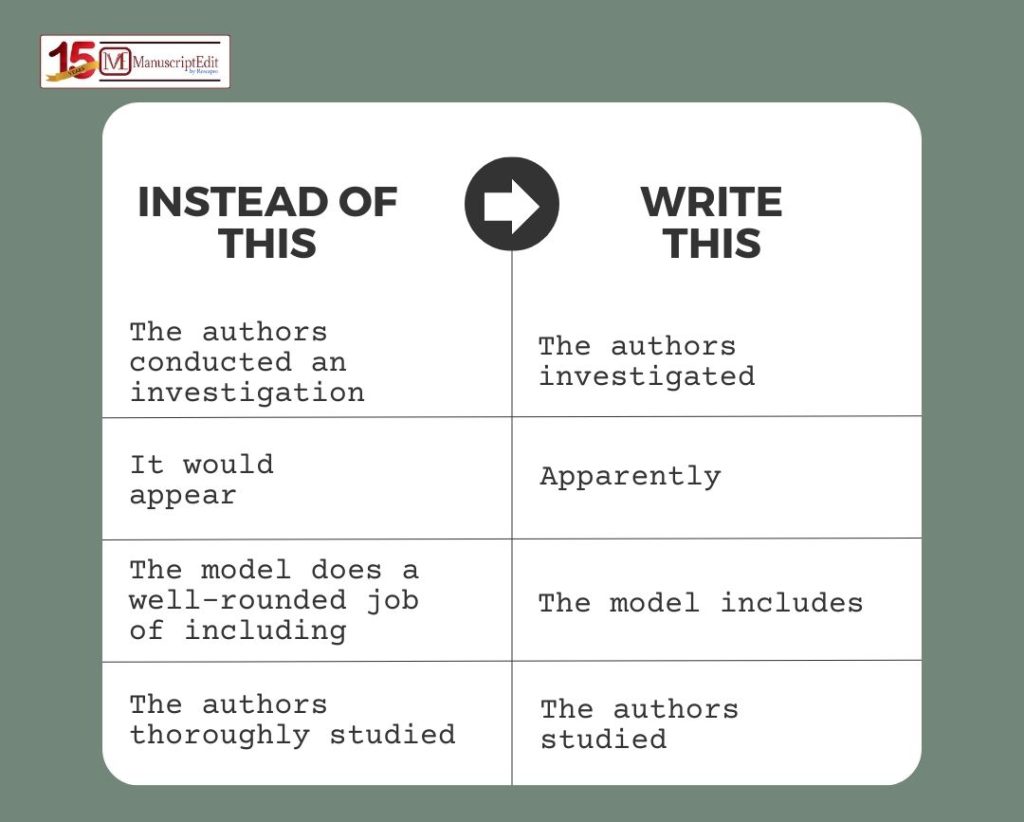

Balancing Precision and Simplicity in Scientific Language
It takes skill to strike the right balance between simplicity and precision in scientific language. In their quest for Clarity, scientists must work on intricate ideas without compromising accuracy. Maintaining the rigor demanded by the scientific community and promoting efficient communication depends on this delicate balance.
Importance of Precision in Scientific Communication
In scientific communication, correctness and Clarity in explaining complicated concepts are guaranteed by precision. Errors can result in misinformation, which undermines the legitimacy of research and impedes the advancement of science. Accuracy fosters common knowledge among scientists, encouraging consistency and cooperation. Concise and unambiguous language reduces the possibility of misunderstandings, providing a solid basis for trustworthy information sharing. In the end, technical accuracy protects the integrity of scientific discourse and allows the world community to build on reliable information, progress research, and advance knowledge together.

Strategies for Balancing Precision and Simplicity
Here are the essential strategies for balancing precision and simplicity:
Define Technical Terms without Jargon
Please use simple, plain language so that researchers and students alike, irrespective of their specialization or level of English ability, may grasp and participate in your work.
Tailor Language to the Target Audience
When necessary, reiterate challenging ideas while providing multiple perspectives on them. Start simple and add complexity as needed to ensure understanding. Adapt your writing to the level of experience of your readers, taking into account if they need prior explanations or grasp specialized words. Feel free to give
Emphasize Clarity without sacrificing Accuracy
Ensure that the reader understands every pronoun by making it pretty explicit. Being redundant in this instance could improve the clarity. Avoid using terms like “this” or “that,” as they force the reader to return to the previous paragraph to understand. Additionally, avoid or minimize the usage of “former” and “later.” Filler words are superfluous words that either add nothing to the sentence’s meaning or clarity or are ambiguous and meaningless.
Tools and Resources for Effective Scientific Communication
Effective scientific communication requires various strategies and resources to communicate complicated ideas accurately—scholars format documents using scholarly writing software like LaTeX and precise language.
- Data visualization and graphic technologies, such as GraphPad Prism, help show information visually.
- EndNote and other reference management software simplify and guarantee the accuracy of citation procedures. Collaborative systems like Overleaf make real-time scientific collaboration around the globe possible.
- Preprint repositories and open-access journals improve visibility and accessibility.
- Grammarly and other language correction services promote thorough communication even more.
These resources enable scientists to clearly and concisely communicate their research, which supports effective information sharing among scientists.
Conclusion
Accepting lucidity in communication promotes greater understanding, which in turn facilitates the sharing of information and creates a more inclusive scientific dialogue. Enhance your study using well-written, concise language that effectively conveys your views. Make sure to allow communication difficulties to reduce the effect of your scientific message. Trust our skilled editors to edit your work to read it.
